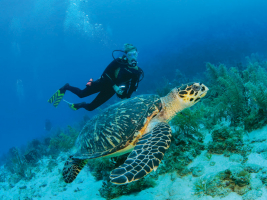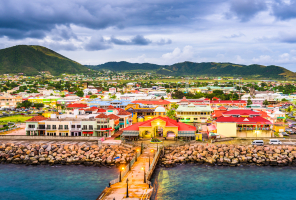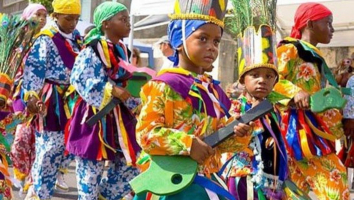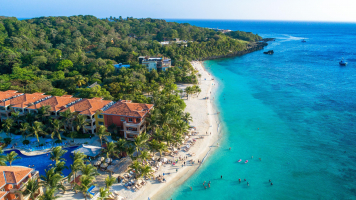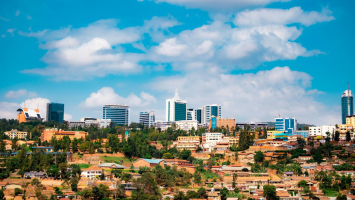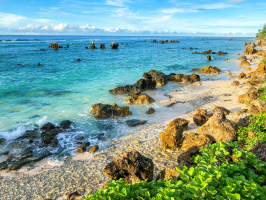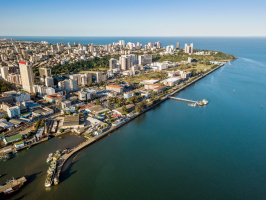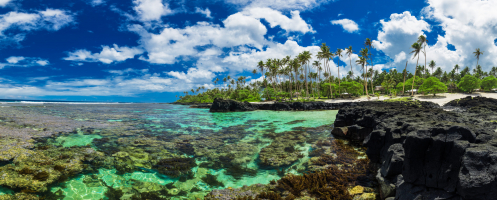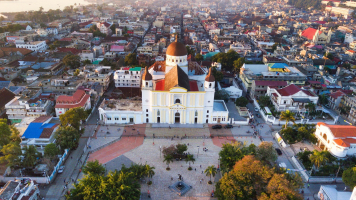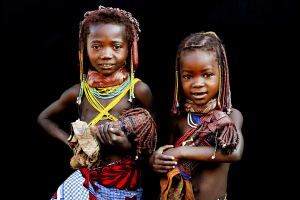Top 7 Unique Cultural Characteristics In Saint Kitts and Nevis
Saint Kitts and Nevis, officially the Federation of Saint Kitts and Nevis, is a state comprised of two Lesser Antilles islands in the eastern Caribbean Sea. ... read more...With its majestic natural beauty and a long history influenced by different cultures, it is the most unique destination in the Caribbean. The culture of St. Kitts and Nevis, two small Caribbean islands that form one country, evolved primarily from West African slave traditions brought in during the colonial period. Tolist has compiled a list of unique cultural characteristics in Saint Kitts and Nevis that the readers can learn more about.
-
English is both the national and official language of Saint Kitts and Nevis. The British ruled the islands until 1983, and English is thus a colonial legacy in the country. The accent used in the islands, on the other hand, has a strong West Indian inflection. Because the islands have a literacy rate of more than 98%, the majority of residents can express themselves fluently in the language. The country's use of English makes it easier for tourists to explore its breathtaking natural scenery and participate in its numerous festivals. It can be seen as one of the Unique Cultural Characteristics In Saint Kitts and Nevis.
Saint Kitts Creole is a Caribbean Creole based on English that is spoken in the country. The creole is spoken by an estimated 40,000 people, but it is not officially recognized in Saint Kitts and Nevis. The history of the Creole dates back to the 17th century, when West African slaves were transported to the islands to work on sugar plantations. Slaves were forced to learn British English quickly, and they incorporated West African phrases and even West African language structure. The French, who ruled the region from 1625 to 1713, had little influence on the Creole. The language is known as "Nevis Creole" by the people of Nevis.
The Creole language is especially popular in rural areas, and it is widely spoken in Cayon, Capesterre, and Christ Church Nichola Town. Because of increased access to foreign media, today's use of the language includes a greater incorporation of Standard English. Jamaican music and culture have also had an impact on creole. The pronunciation of Saint Kitts is similar to that of the neighboring islands of Montserrat and Antigua, with only minor differences noticeable by residents of the Leeward Islands.The American Sign Language is used by the deaf community in Saint Kitts and Nevis. ASL is closely related to French Sign Language (LSF), and it has been proposed that ASL is a creole language of LSF, despite the fact that ASL includes characteristics not typically found in creole languages, such as agglutinative morphology. The government of the country has implemented an all-inclusive policy, with events such as the reading of the budget including a sign language interpreter.
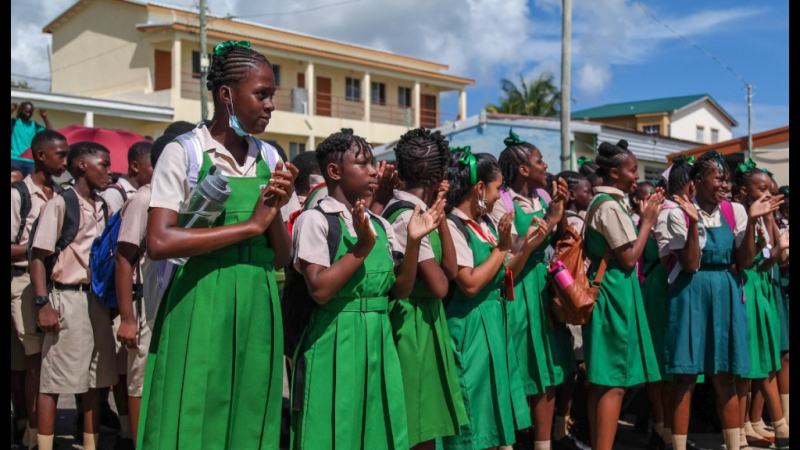
https://caribbean.loopnews.com/ 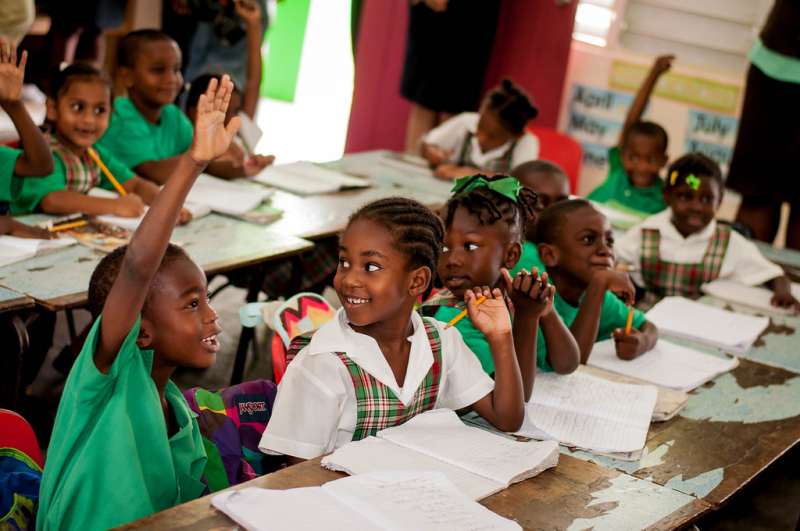
https://www.flickr.com/ -
The culture on St. Kitts and Nevis is festive and vibrant, as it is in other Caribbean countries. Carnivals and celebrations are important aspects of island life. Carnival is in full swing on St. Kitts during the Christmas season. The opening gala occurs in mid-December, and events continue until a few days after New Year's. The Miss Caribbean Talented Teen Pageant, the Junior Calypso Show, and the National Carnival Queen Pageant are among the crowd favorites. Of course, there are parades full of people dressed in brightly colored, spangled costumes.
Masquerade (or Mas) is another popular aspect of Carnival that evolved over the last three centuries from a blend of African and European traditions. Masquerade performers dress in brightly patterned long-sleeved shirts and trousers, which are adorned with bangles, mirrors, and ribbons. Masks and headdresses adorned with peacock feathers complete their costumes. Their dances incorporate waltzes, jigs, wild mas, fertility dances, quadrilles, and other traditional African and European dance elements.
Moko-Jumbies, or stilt-walkers, dress in similar but simpler costumes. The name "Moko" may be derived from the name of a vengeance god in West Africa, where the tradition began. Or it could be derived from the Macaw tree, a tall palm with thorns - Moko-Jumbi headdresses are said to be patterned after a Macaw in bloom. Moko-Jumbies entertain the crowds by dancing on stilts six to eight feet high. At this time of year, clown troupes also perform. They dance in groups of about fifty people while a live band plays music. Bells jingle as they move in their baggy, vibrant costumes. Pink masks representing Europeans cover their faces.Aside from Carnival, the island of Nevis has its own festival called Culturama. It began in 1974, on the weekend of Emancipation Day, when some islanders were concerned that their native folk art and customs would be lost. Culturama was founded to reconnect people with their traditional culture. The five-day celebration includes dances, music, drama, and religious sacrifices, in addition to arts and crafts. Parties, boat rides, swimsuit contests, and street jams are all part of the fun.
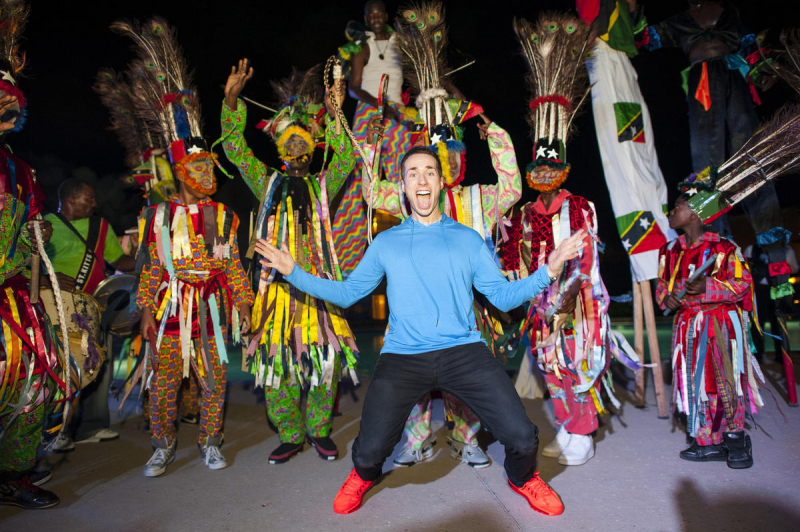
https://www.iexplore.com/ 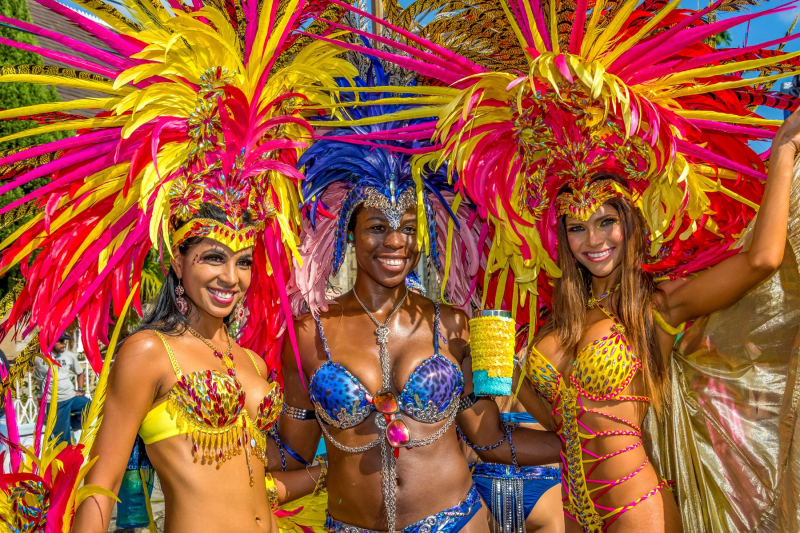
https://www.travelnewstalk.com/ -
Saint Kitts and Nevis music is well-known for a variety of musical celebrations, including Carnival. The St Kitts Music Festival takes place the last week of June, while the week-long Culturama on Nevis takes place from the end of July to the beginning of August. There are also other festivals on the island of Saint Kitts. There is Inner City Fest in February in Molineaux, Green Valley Festival around Whit Monday in Cayon, Easterama around Easter (April) in Sandy Point,... Parades, street dances, and music such as salsa, jazz, soca, calypso, and steelpan are common at these events.
Traditional music is most commonly associated with seasonal Christmas songs, though chanteys and other songs are also popular. Music is also a part of the island's Tea Meetings, which feature a pair of stentorian male singers in a competitive type of performance in which hecklers play an important role.
Carnival in Saint Kitts and Nevis is heavily centered on music. Folk performers are accompanied by Big Drum and string bands. Shack-shack, baha, triangle, fife, guitar, and quarto are among the other instruments. Iron bands were introduced to Saint Kitts and Nevis' Carnival in the 1940s, when bands used car rims as makeshift percussion instruments. The Silver Rhythm Orchestra, Brown Queen, Music Makers, Esperanza, and Rhythm Kings were among the ensembles of local, collaborative musicians who played drums, saxophones, bass guitars, and trumpets during this era. Roy Martin's Wilberforce Steel Pan was the first steelpan band. Eagle Squadron, Boomerang, Casablanca, Boston Tigers, and The Invaders were among the other bands. Modern Carnival did not begin in Saint Kitts and Nevis until the late 1950s. Brass bands dominated Carnival and then much of popular music in the 1960s. This is one of the Unique Cultural Characteristics In Saint Kitts and Nevis that you should know.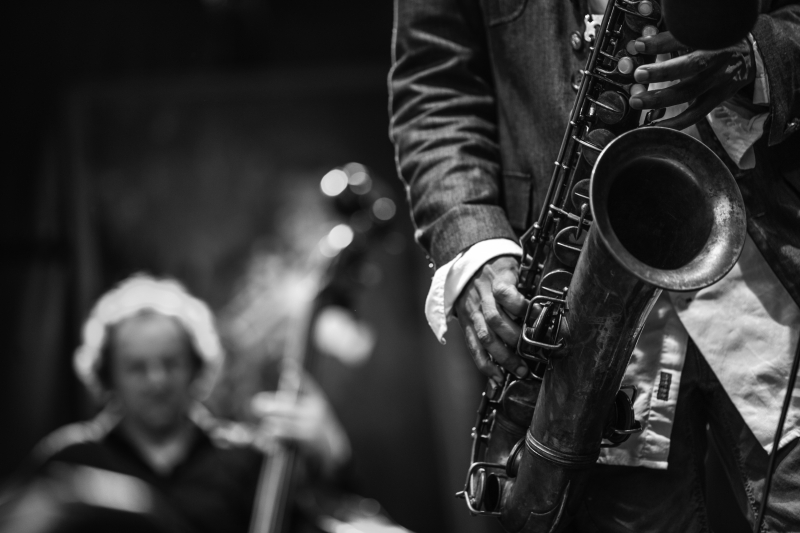
Saint Kitts and Nevis music 
https://www.thestkittsnevisobserver.com/ -
Masquerade is an art form in St. Kitts and Nevis. It is the grand display of festivities that is uniquely Kittitian and Nevisian, a cultural evolution that has occurred over the course of 300 years. Paraders wear headdresses with peacock feathers, masks, and fringed aprons that reach just above the knees. The entire outfit is embellished with bangles, mirrors, and ribbons.
Experts have identified elements of European and African genres such as the "Wild Mas," Waltz, Quadrille, Rhumba, Fertility Dance, Fine Dance, Jig, and Boillola. The first dance is the "Quadrille," which originated in 17th-century France. It's a slow, formal couple's dance. The second dance, "Fine," quickens the pace. It requires more skill as the dancers work their way around the ring on one foot, towards each other. There, they perform a Fertility Dance that can be traced back to the African mating dance.
The real show begins when the masquerades break into a frenzy of "Wild Mas," hurling tomahawks into the air. This is a traditional African war dance that has been performed for millennia. The "Jig" is the next dance. The dancers show off their tomahawk skills here, with their right foot hooked behind their left.This dance is immediately followed by the "Boillola," another dance movement in which the tomahawk is held between the dancers' legs while they jump and clap to the music, moving from side to side. When the dancers pair off into couples and perform the Waltz to a moderately fast triple meter, their European roots are on display.
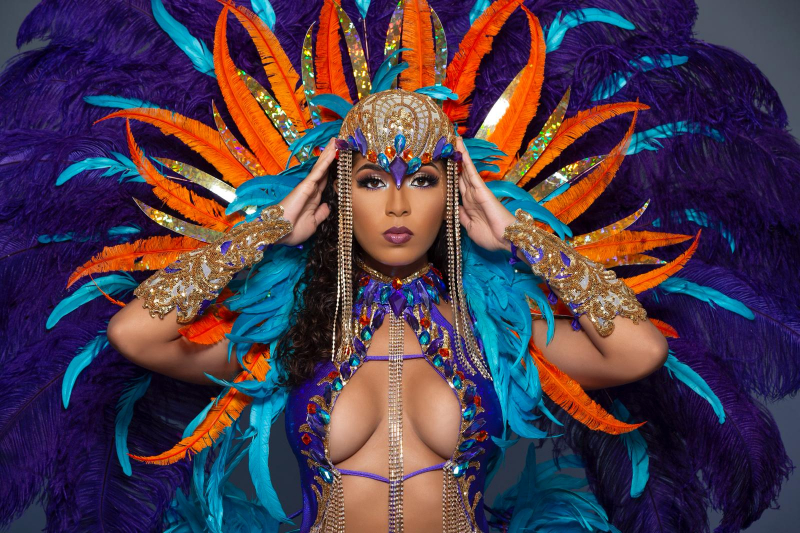
https://bahamianista.com/ 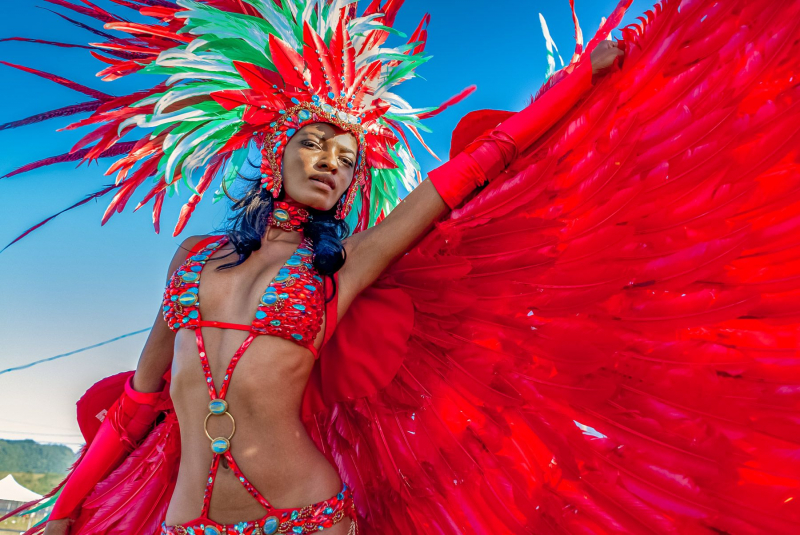
https://www.sandals.com/ -
Cricket is the country's most popular sport, dating back to its days as a British colony. Saint Kitts and Nevis was the smallest country to host matches during the 2007 Cricket World Cup. Local, regional, and even international competitions are held. Horse racing is also popular, particularly on the island of Nevis. The monthly races are festive affairs, complete with music and barbecue. Other activities include mountain biking, golf, and soccer. St. Kitts also hosts an annual triathlon, which has grown in popularity over the last seven years. An annual swim across the channel between St. Kitts and Nevis is also held. There is also a local hash association, with hashes taking place roughly every third Saturday. Rugby and netball are also popular in Saint Kitts and Nevis.
The St Kitts and Nevis national football team, also known as the "Sugar Boyz," has achieved some international success in recent years, reaching the CONCACAF semi-final round of qualification for the 2006 FIFA World Cup. They defeated the US Virgin Islands and Barbados before being defeated by Mexico, Saint Vincent and the Grenadines, and Trinidad and Tobago. Marcus Rashford is of British descent, despite not representing his country.Kim Collins is the most talented track and field athlete in the country. He has gold medals in the 100m at both the World Championships in Athletics and the Commonwealth Games, and he was the country's first athlete to reach an Olympic final at the 2000 Sydney Olympics. Kathryn Bertine, an American writer and former figure skater and triathlete, was granted dual citizenship in order to compete in women's cycling at the 2008 Summer Olympics for St Kitts and Nevis.
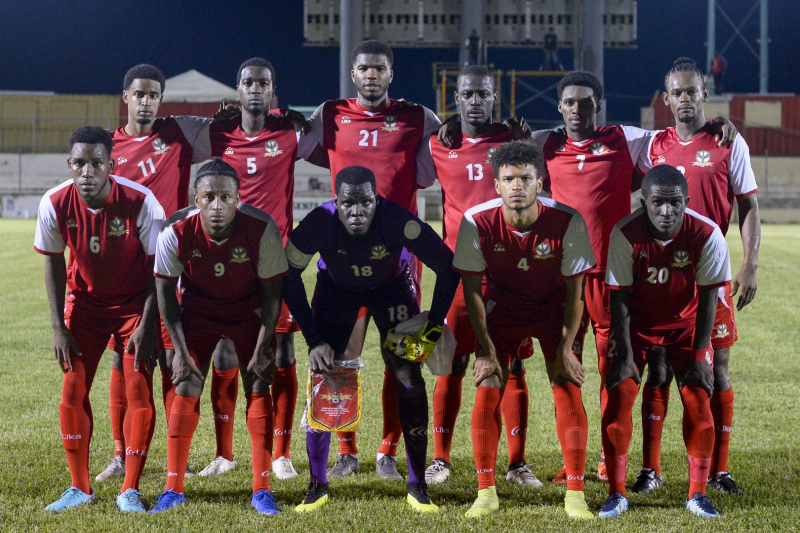
https://www.concacaf.com/ 
https://www.caradonna.com/ -
The majority of islanders are Protestants, primarily Anglican and Methodist, though there are a few smaller Protestant sects. Religion remains a vital institution in society and culture. It is an important vehicle for maintaining community solidarity and providing guidelines for and reinforcing the importance of respectable behavior. Hinduism is the most common non-Christian religion, with 1.82% of the population practicing it. It is mostly followed by Indo-Kittitians and Indo-Nevisians.
According to the 2011 census, 17 percent of the population is Anglican; 16 percent Methodist; 11 percent Pentecostal; 7 percent Church of God; 6 percent Roman Catholic; 5 percent each Baptist, Moravian, Seventh-day Adventist, and Wesleyan Holiness; 4 percent other; and 2 percent each Brethren, evangelical Christian, and Hindu.
While almost all islanders identify as Christians, many older and some younger islanders believe in obeah, a form of witchcraft in which a person can be supernaturally harmed by another person for reasons ranging from a perceived wrong to simple envy. This can be considered as one of the Unique Cultural Characteristics In Saint Kitts and Nevis.
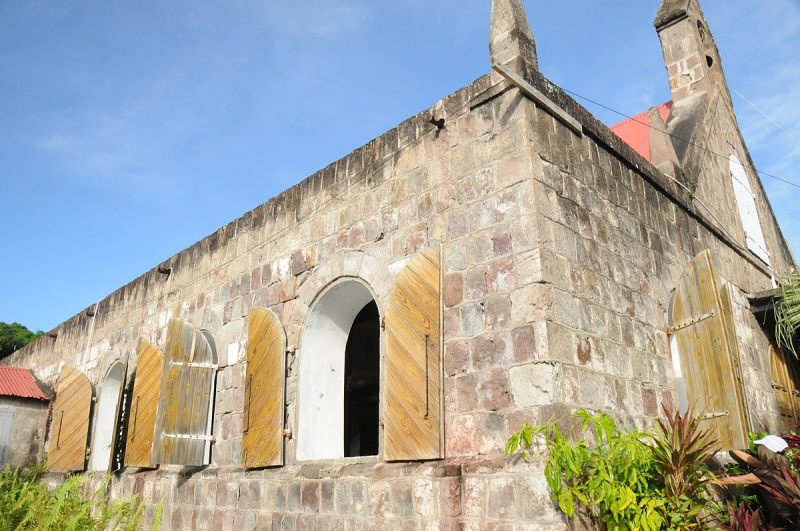
https://en.wikipedia.org/ 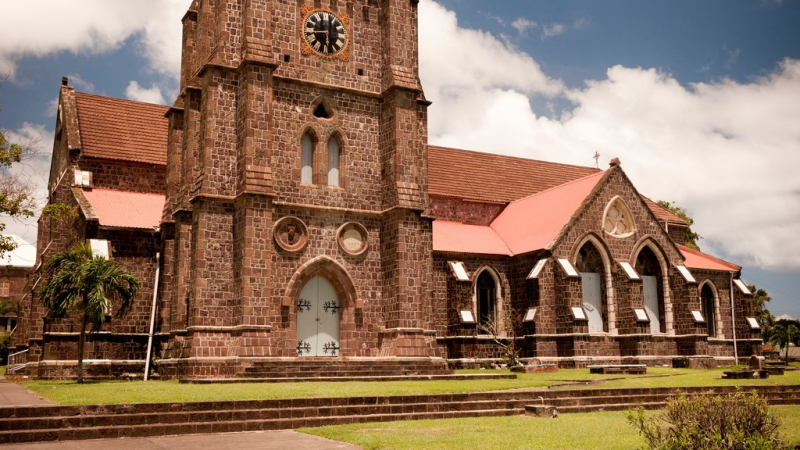
https://www.expedia.com/ -
Most people say "Good morning," "Good afternoon," or "Good night" to one another. Unless the person being greeted is familiar with American customs, simply saying hi or hello is considered bad manners. If you ask people how they are, be prepared for the truth rather than the generic "I'm fine" that many people in the United States offer. People don't always say goodbye, and they don't always feel the need to provide the overly enthusiastic ending that is so common in the United States. Younger people should greet elders first to show respect, and it is best to greet everyone individually in a room/at a function.
Most Saint Kitts and Nevisians are direct about some things and indirect about others. For example, if you gain weight, they will inform you that "you have gained some weight!" Then they might say, "You look good." They don't mean to be rude; rather, they mean it as a compliment that you're "adjusting and doing well." Prepare to hear the truth if you show them a dress you bought and ask what they think.
Some people will not tell you the truth if they believe it will hurt your feelings. For example, sometimes you do things that are acceptable in your culture but somewhat taboo in theirs, so they assume you don't know better and won't tell you about your faux pas. It takes time to get to know people and earn their trust and respect. People will be friendly from the start, but gaining trust and respect will take much longer. It's best not to rush through it.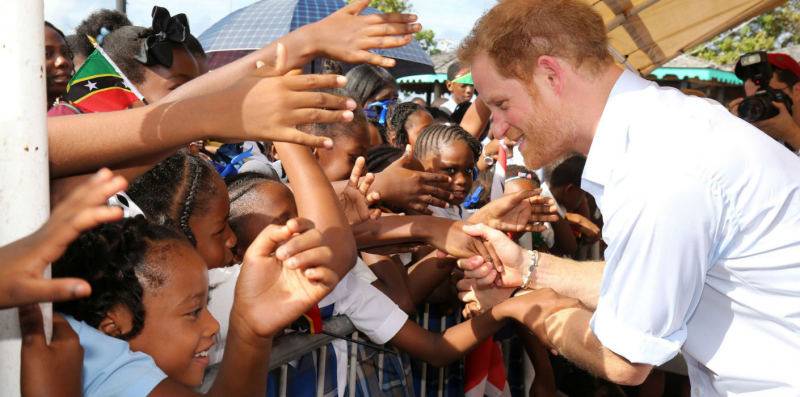
https://www.royal.uk/ 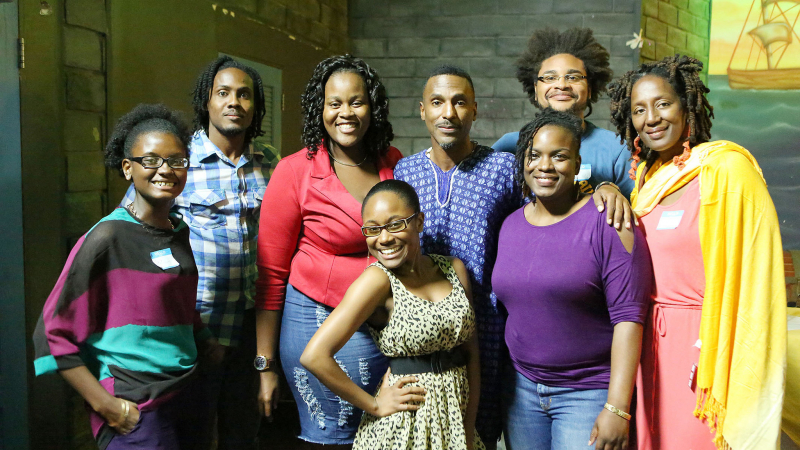
https://caricom.org/











